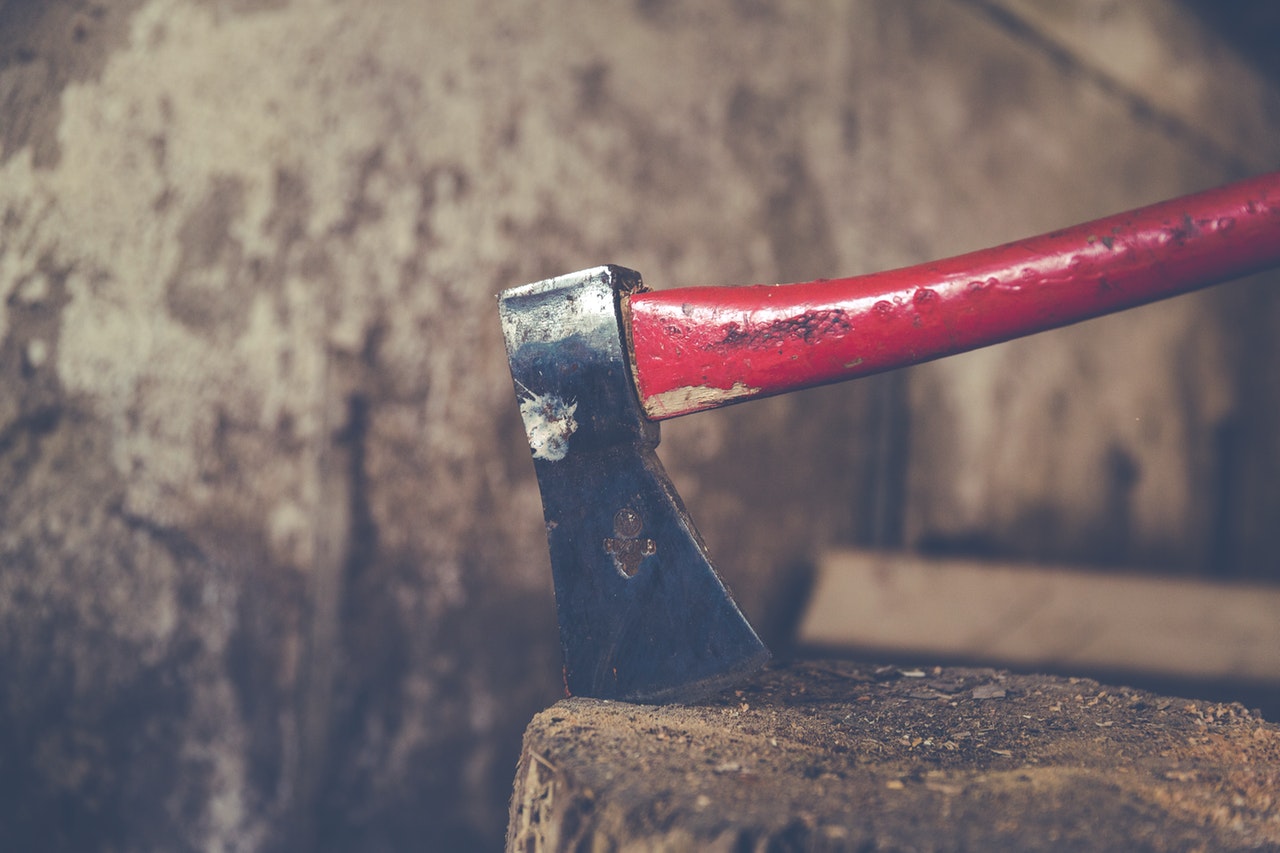
How to Manually Split Wood Without an Axe

Manually splitting firewood is a rare art and skill in this technological age. However, unknown to many, your size and strength is not as crucial in effective firewood splitting as determination and technique. It is also important that you enjoy manually splitting firewood.
https://www.youtube.com/watch?v=vko\_RSn4\_lM
Preparation
Split firewood logs into “rounds” of sensible length. The longer the round for any given diameter and condition, the harder it will be to split. If you are just beginning or are experiencing difficulties splitting, cut the logs into shorter (twelve-inch) lengths. Increase length afterward as your ability increases. If you’ve any choice in the matter, keep off wood that is terribly tangled or set it away till later.
Use a “firewood splitter’s maul” instead of an ax. The maul is essentially a wedge with a handgrip. The advantage of the wedge contour over the ax is that the wedge, with its more precipitous slope, is less inclined to stick in the firewood than the gentler slope of the ax head. The steep slope of the maul also increases outward insistence on the wood.
Spare the wedges and sledge for in truth sturdy wood. Firewood that splits easily or with average difficulty can be split faster with a maul which nullifies the requisite of “adjusting” the wedge and hitting it repeatedly. Keep a couple of wedges on hand for genuinely gnarly wood.
Utilize a six-pound maul instead of the eight or ten-pound models. You would be able to swing a lighter maul can be much FASTER. Speed is more crucial than mass in bringing forth results. This is associated to the laws of physics, which state that energy is relative to the square of velocity, but only directly proportional to mass. Hence, the maul head should be travelling as fast as possible while it hits the wood. It requires a really strong individual to decently accelerate a larger maul.
Place yourself somewhat uphill from the round to be split when at all possible. This utilises weight and leverage to maximize potency of the blow. Place rounds on moderately hard ground to keep the force of your blow from being assimilated by delicate ground below. Striking a round that is excessively high or one that is on soft ground diminishes the energy delivered to the wood by the maul head.
Analyze the firewood to be split for existing cracks or other signs of weakness and adjust yourself with these as your aim. Look down the exterior of the round to prevent splitting through any visible obstructions such as large tangles or twisted grain.
The most efficient blow is delivered near the side of the round and not the center. By striking near the edge (bark), the maul hits at 90 degrees to the firewood at its most vulnerable side. Look and listen for the beginnings of a split. Strike the split with the succeeding and subsequent blows and watch it progress across the round of the firewood. After the split is well started, strike the far side along the split. Repeat with rising aggression as required.
Make the best blow you can every single time. Never make a half-effort, even if it means taking rest inbetween swings. Light blows rarely split wood and only tire you out.
Learn to hit within a quarter-inch of your intended position. This is precise enough for efficient wood splitting and is not excessively difficult to accomplish with practice. Hold the maul with equal grip each swing as any slight deviation in position of the wield in your hands will bring forth a large alteration at the striking edge of the maul.
Swing with authority
Stand with feet shoulder width apart facing up the round of the firewood. Appraise your distance by aiming the maul where you wish to hit with arms extended fully, then step back three steps. This will encourage you to lean forward a little as you complete the swing and it will add power. Hold the maul horizontally close to the waist level, elbows comfortably bended, one hand at the base of the handle, palm facing towards you, the other hand at the neck, thumb next to the maul head, palm facing away from you. Change hands if that’s more comfortable for you. As a challenge, you can learn to use either grip equally well.
Bend your knees and while bending slightly at the waist. Abruptly elevate the maul overhead, reaching out arms high, straightening back and knees, and rising up on toes to acquire maximum potential energy. During this up swing, allow for the hand next the maul head to sink the handle to meet the hand holding the butt of the handle. Once your hands are directly overhead, the maul head will be at approximately the angle behind the vertical line of your body.
Without any delay, commence on a very forceful downswing. Concentrate your vision on the point of designated impact. Bend at the waist and bend your knees to involve your whole body in the swing. At the very last instant prior to the maul head striking the wood, pull it backwards towards you very slightly using your abs and legs not your hands. This appears to increase accuracy and speed up the head to cause the blow to be much more effective. In addition, if you can learn to “snap your wrists” downwards at the last instant you can further speed up the maul.
Do not let your vision wander from the striking point during the swing. Concentrate striking all the way through the piece to the very bottom. This is the equivalent approach used in the martial arts. Hit towards where you want the blow to finish. Imagine the maul head penetrating the piece entirely and visualize the split pieces falling away. Know that the wood will not resist the blow.
There you have it, the secret formula of manually splitting firewood. Remember, practice makes perfect, and it is important for you to keep going at it before you can master the art of manually splitting firewood. If you do not have the time and patience of manually splitting firewood, you can try buying a firewood processor or build your very own home-made firewood processor.